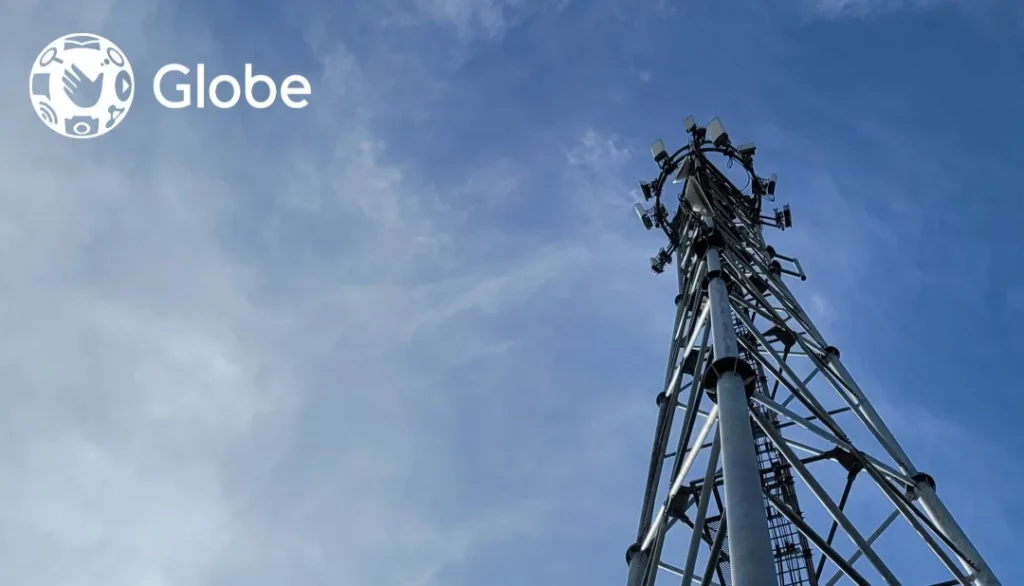Globe Fiber is reinforcing its commitment to digital inclusion by strategically expanding access to its broadband services across the Philippines. By utilizing previously built network capacity, Globe is enabling more Filipino households and small businesses to participate meaningfully in the country’s growing digital future.
“Fixed broadband continues to be a growth engine for the business,” said Globe President and CEO Carl Cruz. “We are fine-tuning our fiber strategy to be about more than just connectivity; it’s about empowering households and growing the digital economy.”

The Digital Divide: A Growing Need for Connectivity
According to the Digital 2025 Report, Filipinos spend almost nine hours online daily, showing how integral digital services are to everyday life. However, a significant gap remains. The latest figures from the Department of Information and Communications Technology (DICT) show that only 33% of Filipino households had fixed broadband access as of 2024. This highlights a crucial need for high-quality, accessible internet.
Globe’s Answer: The Rise of GFiber
To address this, Globe’s expanding GFiber portfolio is responding to the increased demand. As of the first quarter of 2025, Globe has 1.83 million broadband subscribers. The contract-free, reloadable GFiber Prepaid service has been a massive driver of this growth. In fact, it grew 53% quarter-on-quarter, now serving 400,000 Filipino homes.
“We’re building more than infrastructure; we’re enabling opportunity,” Cruz emphasized. “By expanding access to reliable broadband, we’re opening doors for millions of Filipinos.”
A Strategy for a More Connected Philippines
Globe’s network strategy is aligned with national digital goals, including the DICT’s National Broadband Plan. Furthermore, the company is focusing on high-need and high-impact areas, including Geographically Isolated and Disadvantaged Areas (GIDAs), to advance digital equity.
By migrating customers from legacy copper and wireless to full Globe Fiber, the company is addressing coverage gaps while improving network efficiency. To date, Globe has successfully migrated over 600 towns in at least 70 provinces to full fiber connectivity. This transition provides faster, more reliable internet and supports Globe’s sustainability agenda by reducing environmental impact.
Ultimately, with a ₱228 billion capital expenditure over the last three years, Globe is not just building faster networks but a more connected society. For more information on their plans, visit the official Globe GFiber website.







